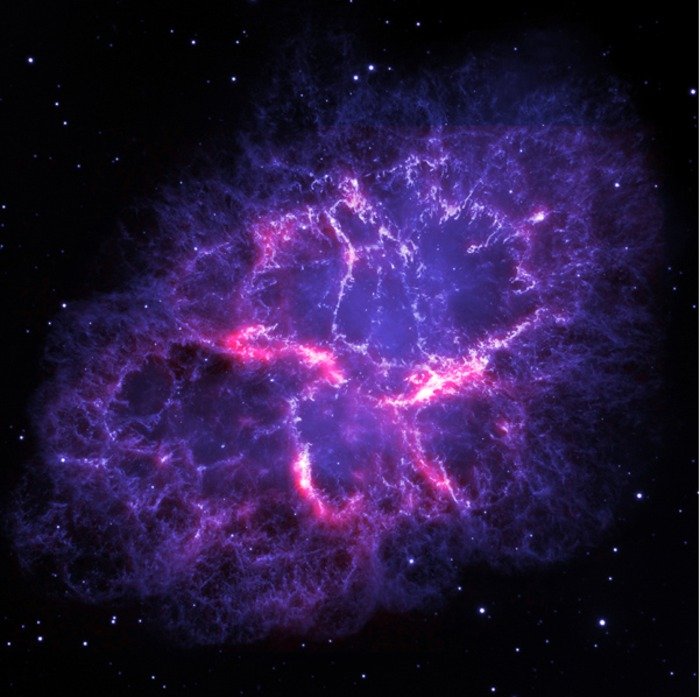PASADENA, Calif., Dec. 13 (UPI) -- Argon, a gas termed a loner for its refusal to bond with other elements, has been seen linked with a chemical partner in a distant nebula, U.S. astronomers say.
In the Crab Nebula, the remains of an exploded star, astronomers have found the first evidence of such a compound in space, a molecule called argon hydride, NASA's Jet Propulsion Laboratory in Pasadena, Calif., reported Thursday.















